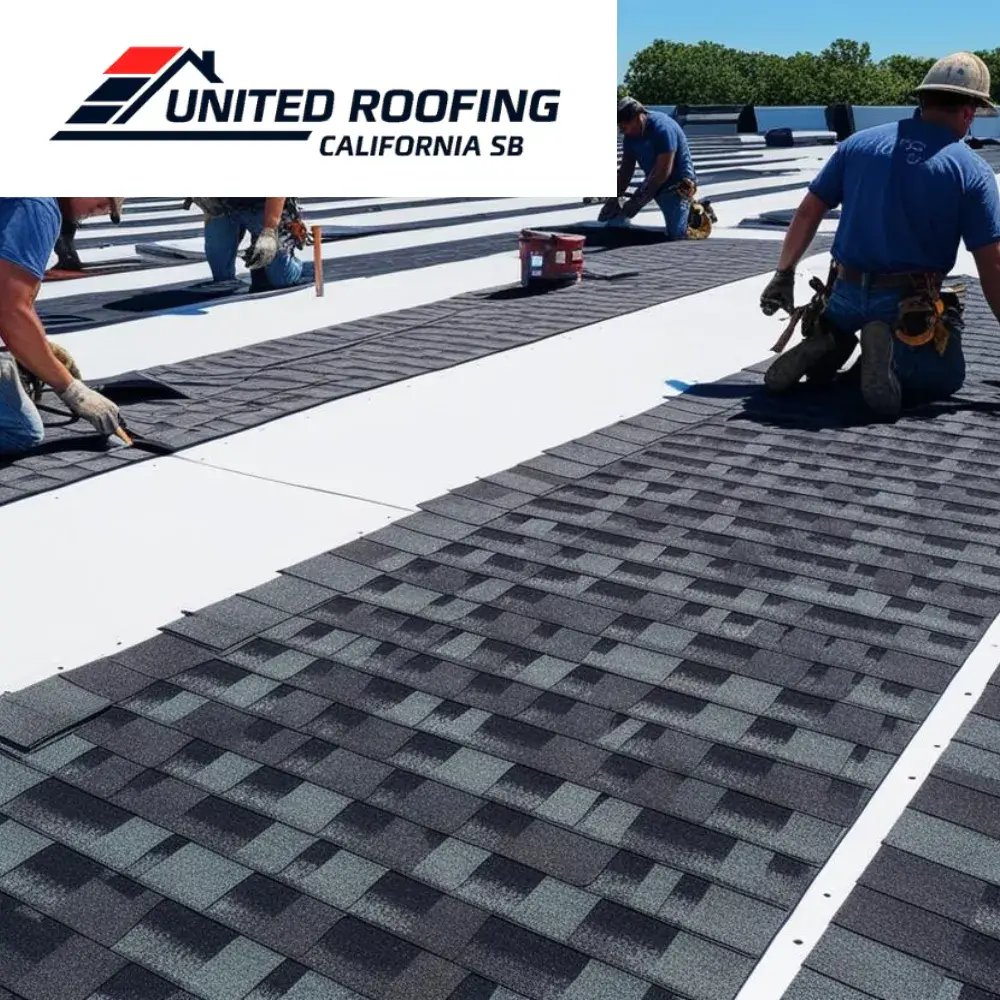Temperature changes can have a significant impact on the performance of a commercial roof. As roofing materials heat up under direct sunlight and cool down at night, they naturally expand and contract. This thermal movement can cause stress, cracking, or separation in roofing systems if not properly addressed. Expansion joints are a vital design element that accommodate this movement and help maintain the roof’s integrity over time. Ignoring thermal dynamics in commercial applications can lead to premature failure and costly repairs.
Why Expansion Joints Are Crucial in Large-Scale Roofs
In expansive structures, the surface area of the roof magnifies the effects of temperature fluctuation. Without room to move, roofing membranes and substrates can buckle, tear, or delaminate. Expansion joints relieve this pressure by creating controlled breaks in the structure, allowing for independent movement between sections. A properly installed joint system is essential for protecting investments in commercial roofing and minimizing long-term risk.
How Expansion Joints Function in a Roofing System
Expansion joints are flexible components installed at specific intervals across the roof deck. They are typically placed where two building sections meet or at points where thermal stress is highest. These joints absorb the push and pull of expansion and contraction, preventing strain from being transferred to other parts of the system. For any commercial roofing installation, the placement and design of expansion joints must be tailored to the building’s size, materials, and climate conditions.
Signs Your Roof May Need Expansion Joints
Buildings without proper expansion control often show early signs of damage. These can include visible cracking along seams, membrane wrinkling, or leaks near structural transitions. If left unchecked, such damage can compromise waterproofing, energy efficiency, and occupant safety. Proactive inspection and maintenance allow experts to identify stress points and recommend retrofitting expansion joints if the original design did not include them.
Partnering with Experts for Long-Term Durability
Managing thermal movement is not a DIY task—it requires engineering precision and installation expertise. Experienced roofing professionals evaluate structural dynamics, local climate factors, and material properties to design an effective expansion system. Working with specialists in commercial roofing ensures that your roof can flex without failure and withstand seasonal temperature swings. With the right planning and components in place, your commercial roof will maintain its performance and integrity for decades.
Learn More
Why Expansion Joints Are Essential in Commercial Roofing Design

